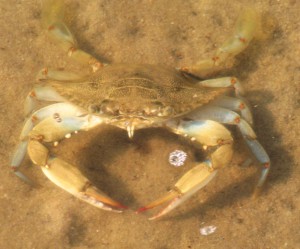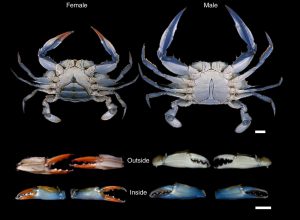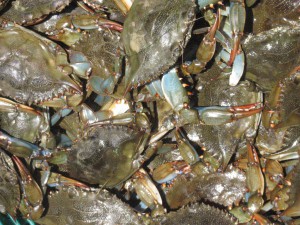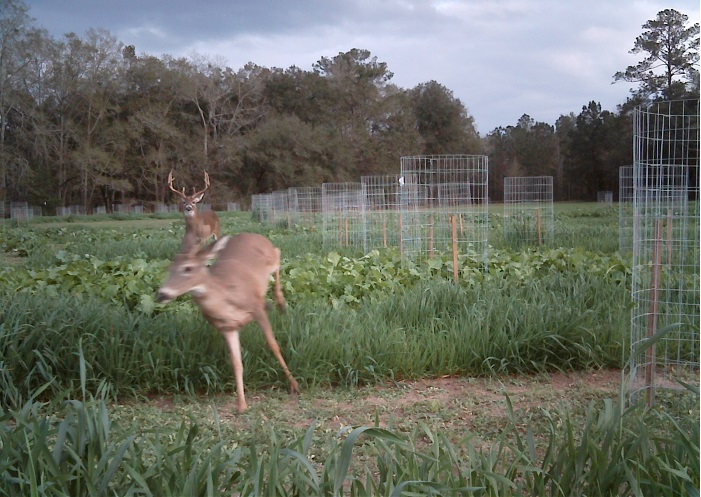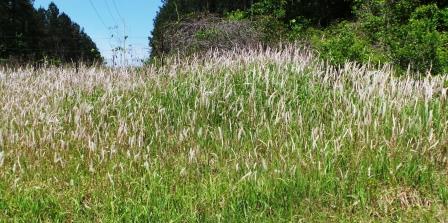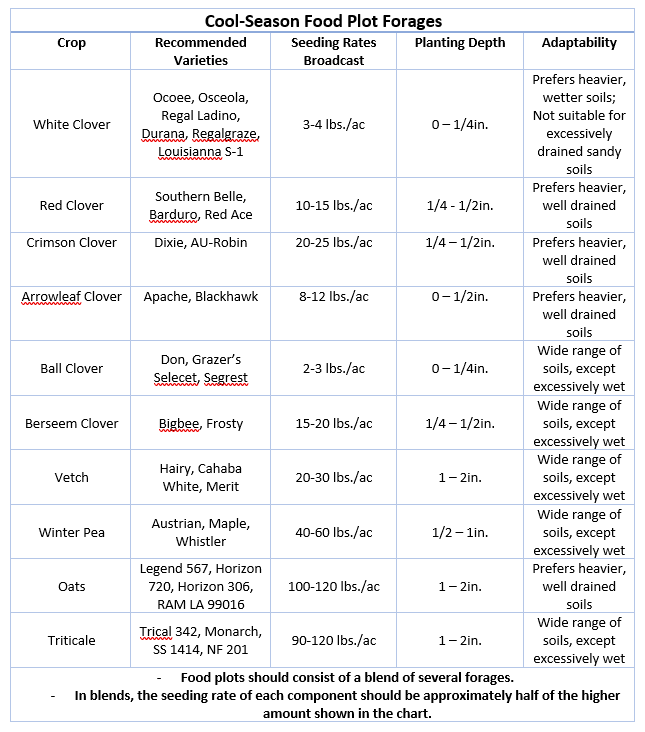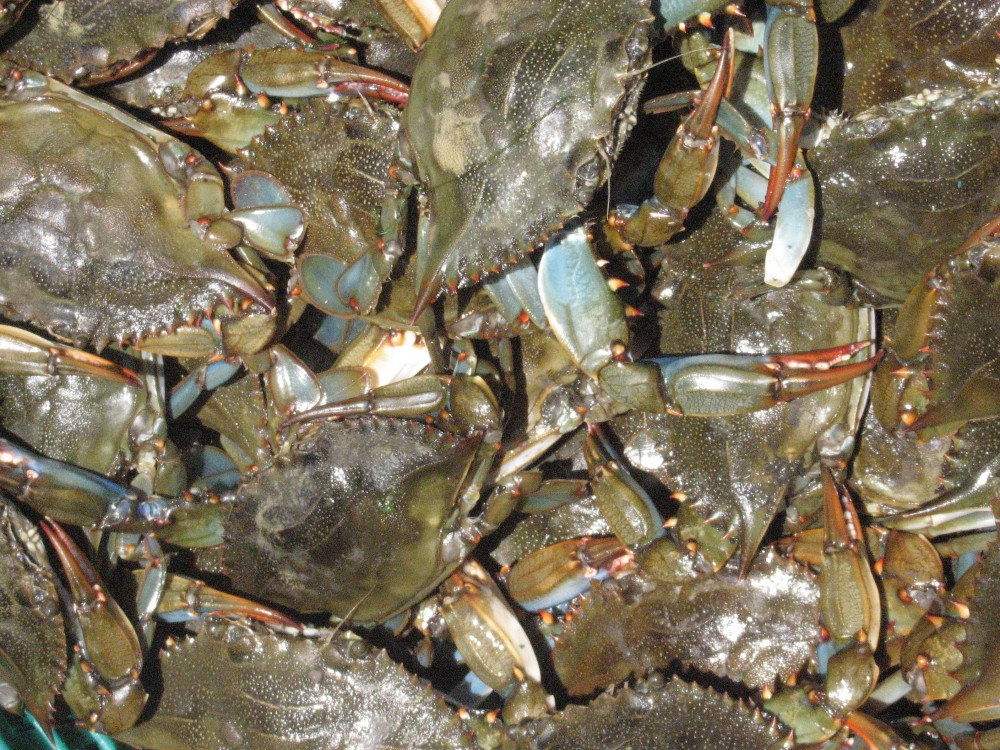
Nature Notes – The Blue Crab
Most kids who grew up on the Gulf Coast grew up catching blue crabs. These animals are common along our shorelines, relatively easy to catch, and adventurous because they may bite you. I caught my first one in 1965 and we proudly displayed the boiled shell over the kitchen bar for many years. This is also a popular seafood target with an estimated commercial landing value of $56,950 in the Pensacola Bay area in 2017.
But who is this crab that we enjoy so much? What do we know about it?
As you probably already know, it is one of an estimated 30,000 species of arthropods we call crustaceans. Crustaceans differ from insects and arachnids in that they have five pairs of legs and two sets of antenna. Insects typically have a head, thorax, and abdomen – however, in the crustaceans the head and thorax are fused into what is called a cephlathorax and covered with a section of the shell called the carapace. Like all arthropods, their body are completely covered in a chitinous shell that serves as their exoskeleton. This exoskeleton must be periodically shed (molting) so they can continue to grow. Crustaceans tend to molt about 10-11 times each year and typically in the summer months. To molt, crustaceans will remove some of the salts and minerals from the shell into their tissue, this weakens the shell enough to separate it. The crack is usually between the cephlathorax and abdomen. When they emerge, they are completely soft and about 30% larger than before – it is amazing to see this large crab emerge from the small shell it once lived in. Because of the softness of the body after molting, this is usually done under the cover of darkness for protection. The salts and minerals it removed during pre-molting are now used to harden the new shell – which can take a couple of days. It is at this stage we call them “soft shells”.
The crustaceans include many different kinds of arthropods – most notably are the crabs, shrimps, and lobsters. There are over 4500 species of crabs and they differ from shrimps and lobsters in the fact their abdomen flexes beneath their body – you do not see the “tail” you see in a lobster or shrimp – but its there. Crabs can also move very well laterally, which their cousins are not so good. Blue crabs differ from other crabs in that their last pair of legs are modified as paddles and the animal can swim. They can swim forwards, backwards, and laterally – and they are often seen swimming at the surface. There are other crabs who have these swimming paddles and they are all called protunid crabs.
Blue crabs perceive their world through their eyes, antenna, and sensory cells on their body. They are very good at burying in the sand – eyes and antenna exposed – and sensory cells all working – seeking prey and avoiding predators. Their eyes differ from ours in that they have numerous lenses, compared to our single one, and are called compound eyes. Each lens does not provide them with an image of you or me however. Rather each lenses provides them with a single pixel of light. It is much like the image you see on television when they are trying to block out a brand name, or someone’s face. The more pixels (lenses) you have, the clearer the image. Those this type of eye does not give as clear an image as ours; it is very good at detecting motion and has served the arthropods very well over the years.
For blue crabs, food can be just about anything. They are active hunters – usually using the ambush method of capture (buried in the sand), but are also known scavengers – eating any bits of food they can find. Those enjoy crabbing know this – you can put just about anything as bait in a crab trap and it works. They have numerous predators including fish, birds, mammals, and sea turtles.
Blue crabs can be found in a variety of salinities (euryhaline). Males are typically found in the lower salinities of the upper bay. Females join them during mating season – which is in late spring and summer. Males cradle the females beneath his legs for several days waiting for the right location and moment to breed. Fishermen refer to them as “doublers” during this time. The females will molt and the male will then deposit his sperm into a sac called a spermatophore – which he then deposits to the female. She will then migrate to the more saline lower portions of the lower bay, while he remains and seeks another female. This may be the only spermatophore she receives her entire life – which can be up to five years, though most do not live beyond three years. She will use sperm from this spermatophore over that time to fertilize eggs.
The eggs develop in a sponge mass that develops beneath her abdomen. This egg mass is orange when in early development and becomes a darker brown with age as the larvae consume the yolk. There can be between 750,000 and 2,000,000 developing eggs within this mass. The females are called gravid at this stage and it is illegal to harvest gravid crabs in Florida.
The eggs hatch in about two weeks and a small microscopic mosquito looking larvae emerges – at this stage, they are called zoea. The zoea drift into the Gulf of Mexico where they feed and molt. Eventually they return to the estuary and become a microscopic crab with a tail – this stage is called a megalops. The megalops will feed and molt. The tail will eventually flex beneath and the crab becomes sexually mature. The entire process from hatching to sexual maturity is about 12-18 months.
These are fascinating animals. They are very common and a large part of the coastal culture of the Florida panhandle. Kids will have great fun catching them with a hand net, letting them swim in their beach buckets, but be sure to let them go before you head home and watch those claws – they do know how to use them. It is a great animal.
Recreational Blue Crab Harvest Regulations in Florida
No size limit
10 gallons whole / harvester / day
Harvesting gravid females is prohibited
Five crab traps / person – cannot be placed in navigation channels
Trap closed season in Florida panhandle – Jan 5-14 in odd years.
References
Barnes, R.D. 1980. Invertebrate Zoology. Saunders College Press. Philadelphia PA. pp. 1089.
Blue Crab. Callinectes sapidus. Chesapeake Bay Program. 2018. https://www.chesapeakebay.net/discover/field-guide/entry/blue_crab.
Florida Fish and Wildlife Conservation Commission. Commercial Landings in Florida. 2017-2018. http://myfwc.com/research/saltwater/fishstats/commercial-fisheries/landings-in-florida/.
Florida Fish and Wildlife Conservation Commission. Recreational Blue Crabbing. http://myfwc.com/fishing/saltwater/recreational/blue-crab/.

